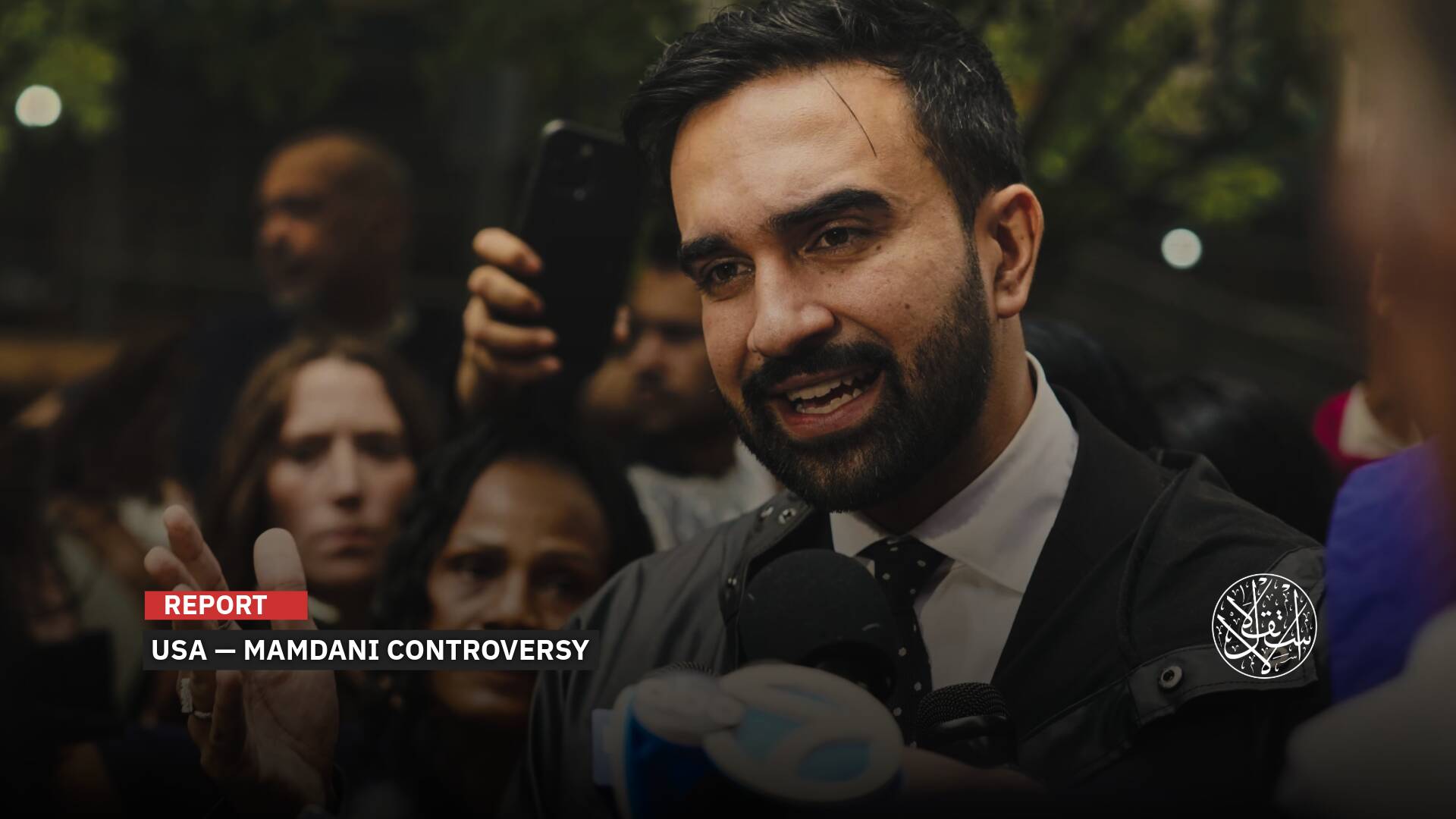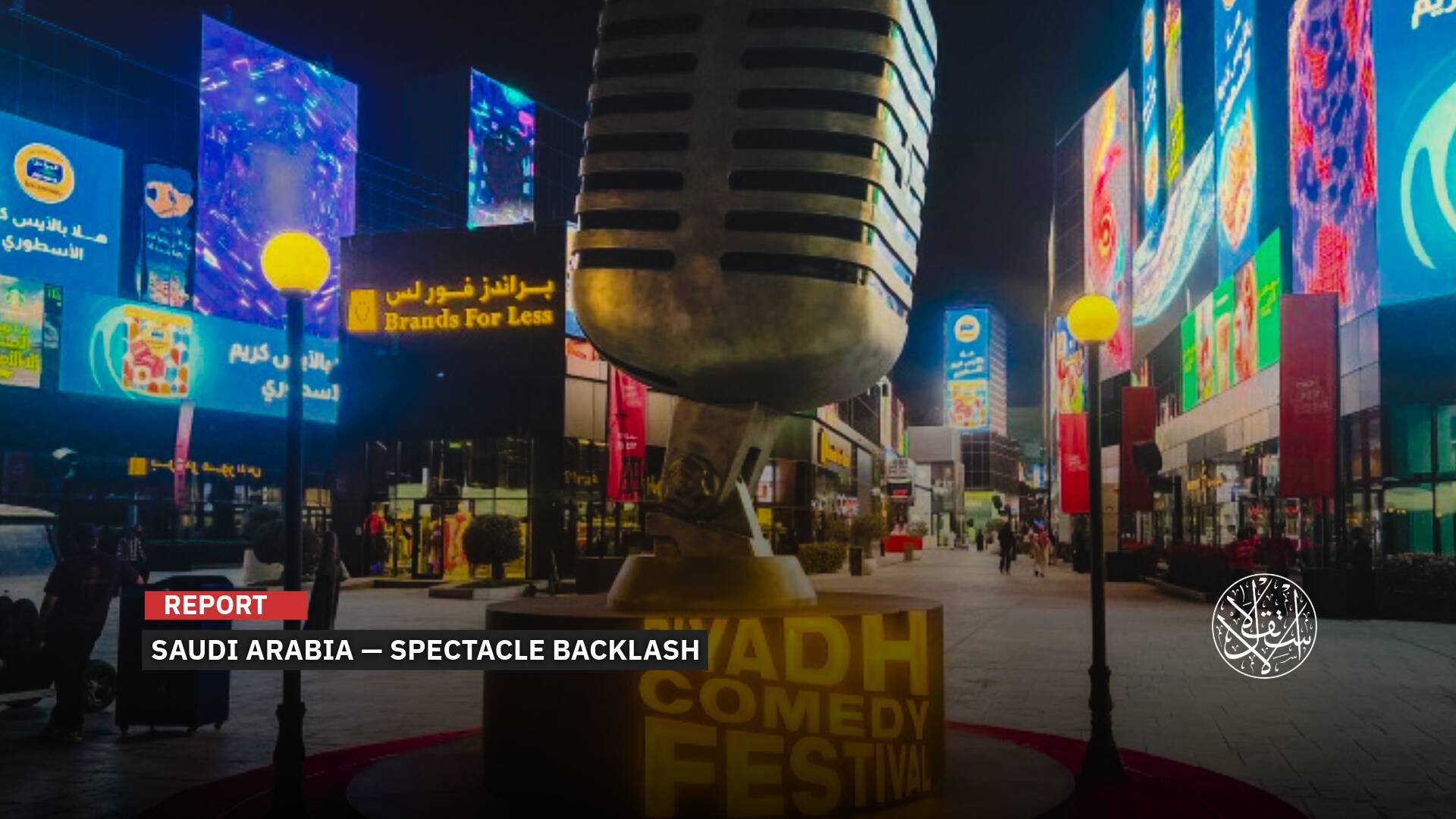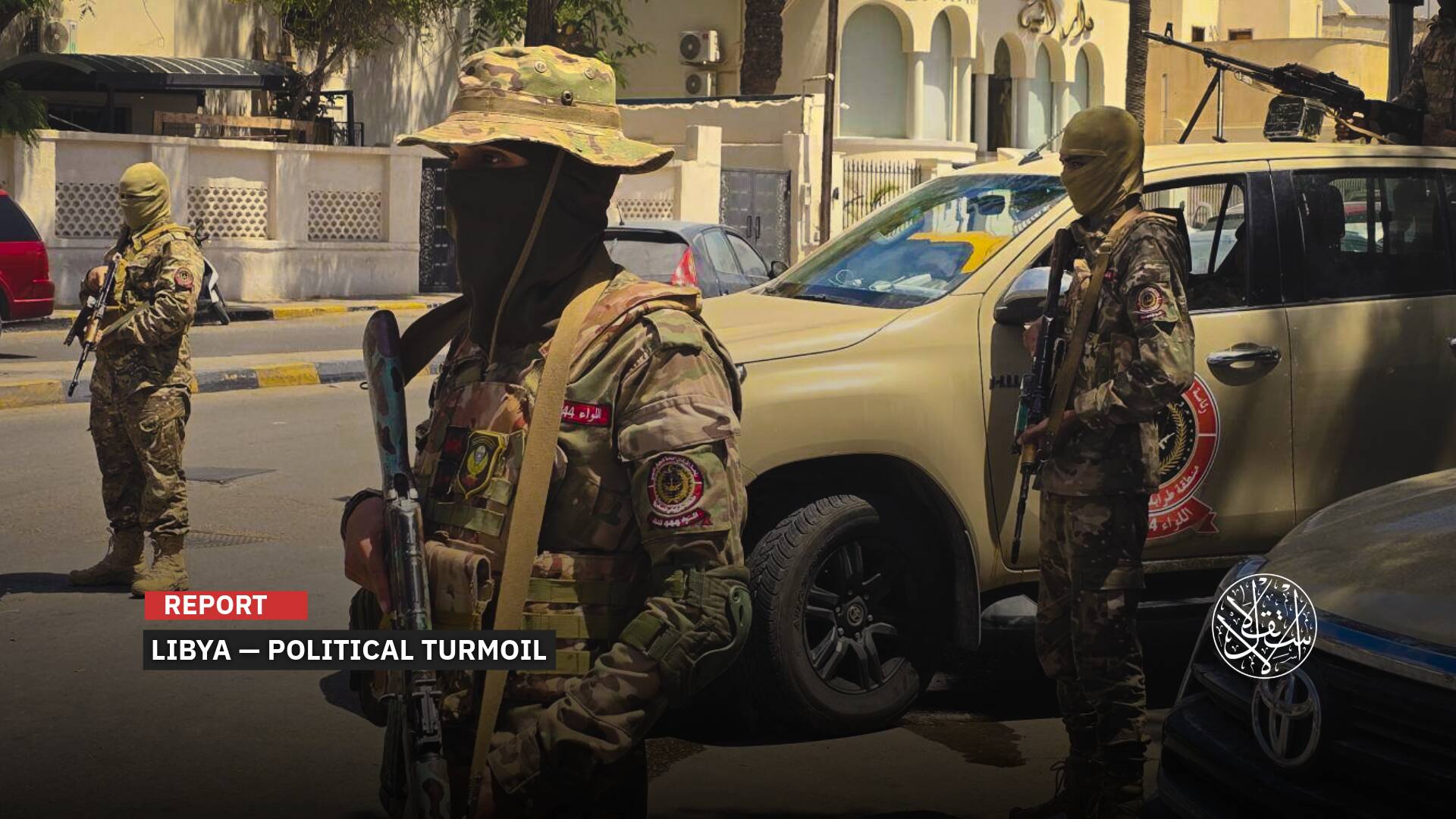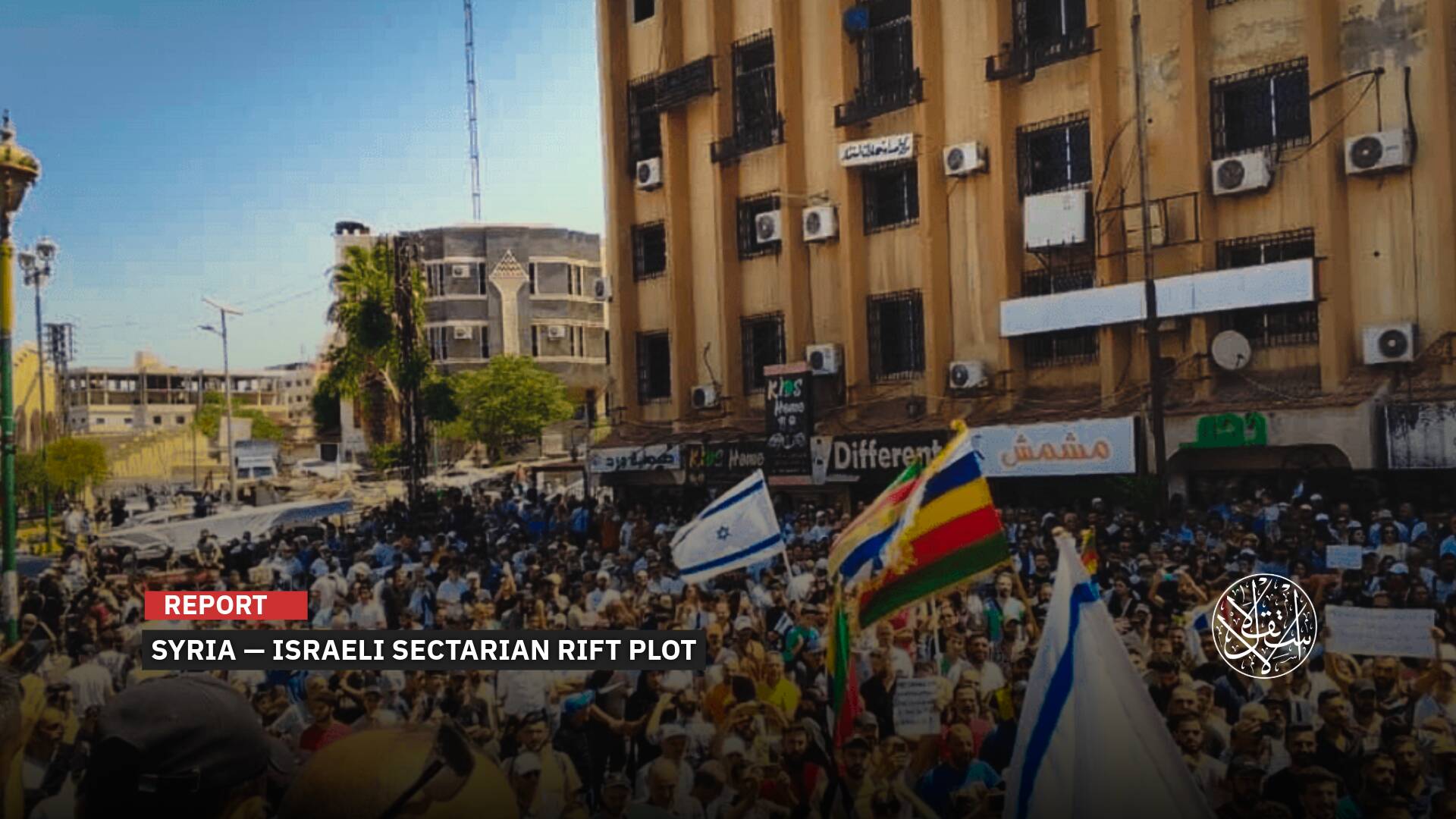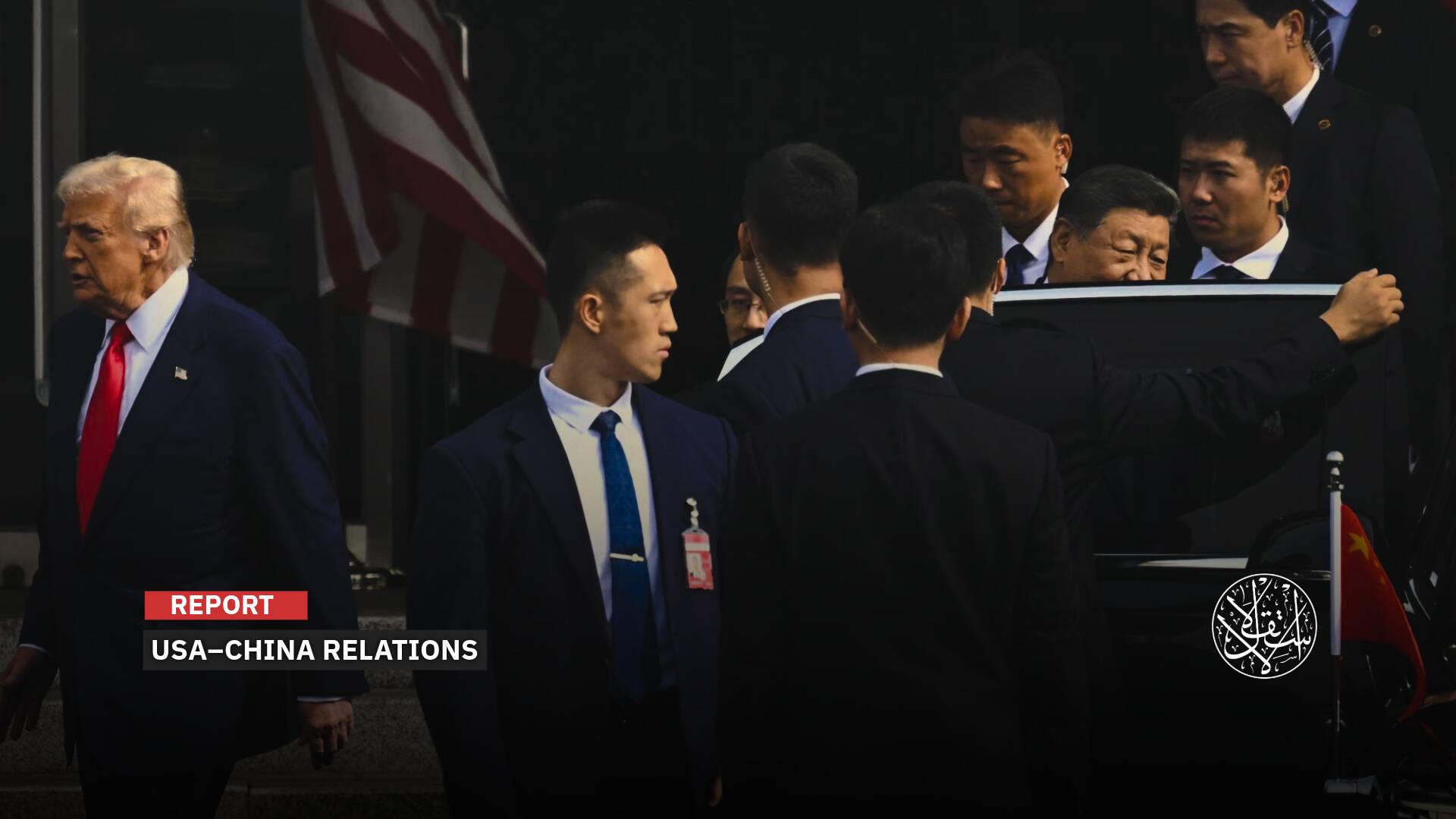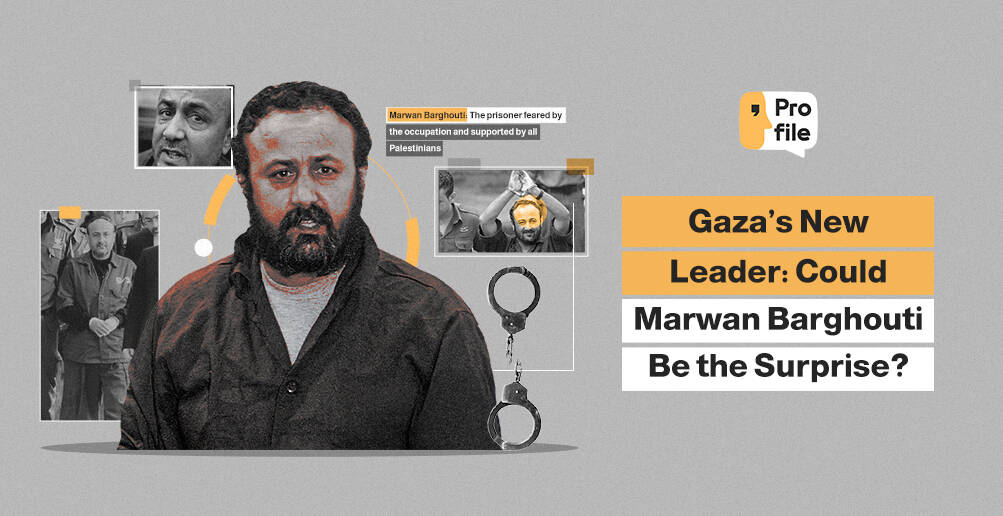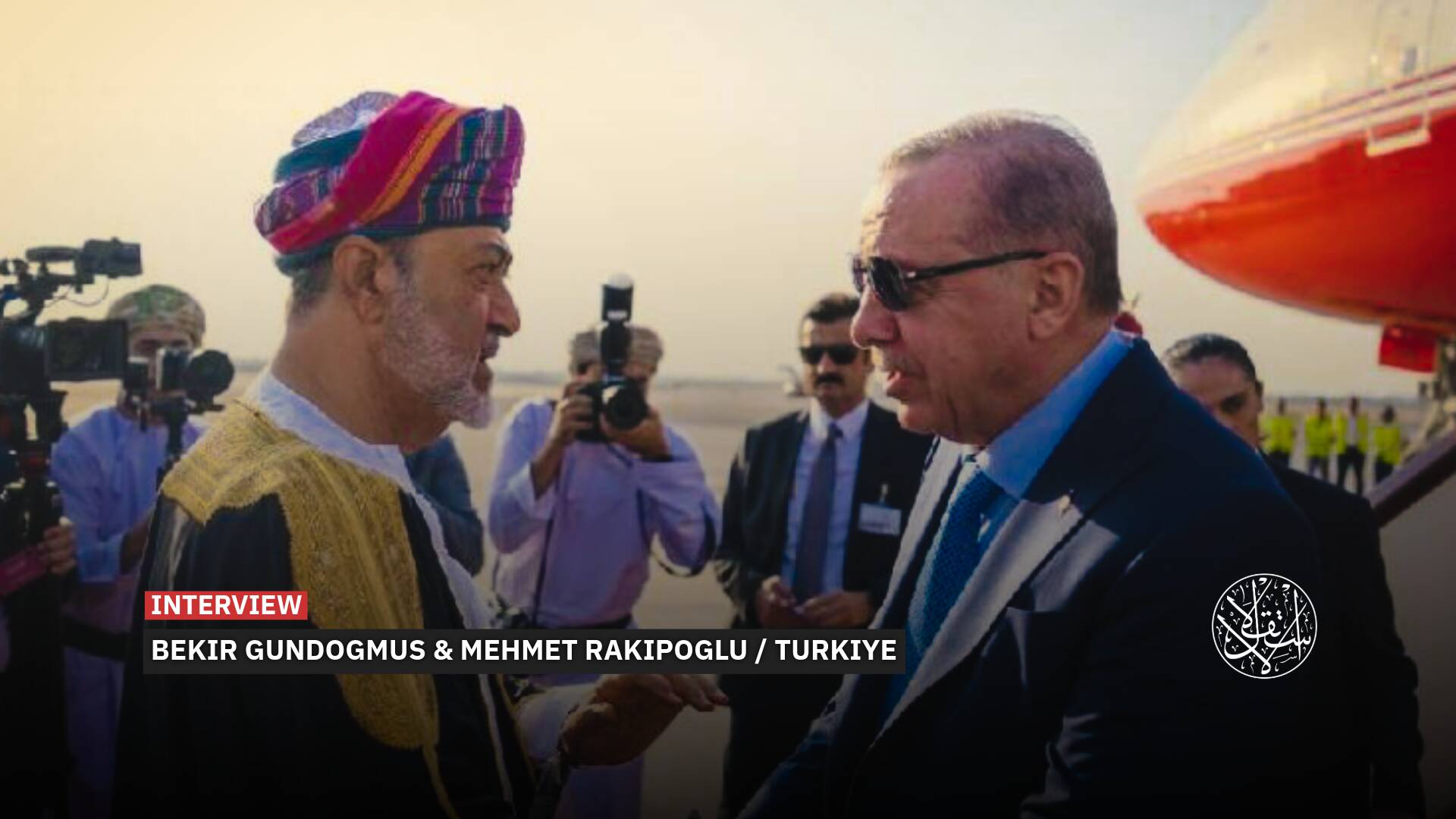Can Student-Led Protests in Serbia Achieve Real Political Change?

“The Serbian Parliament recently accepted the Prime Minister's resignation.”
On March 15, more than 325,000 demonstrators rallied in the Serbian capital, Belgrade, in the largest demonstrations the country has ever seen.
They protested the deaths of several people following the collapse of a newly built concrete roof, asserting that change is possible.
Although some officials have resigned, protesters consider these measures insufficient and insist on effective accountability.
While President Aleksandar Vucic refuses to resign, demands are growing for an interim government not including anyone from the ruling party amid an escalating political crisis in Serbia.
Under Vucic, Serbia has maintained good relations with Russia, refusing to impose sanctions on its ally after the full-scale invasion of Ukraine.
Doubts remain about whether the protests truly represent a revolt against corruption or are merely a tool to achieve foreign policy objectives.
On the other hand, observers believe that these demonstrations could lead to major changes in Serbia, but the consequences could extend far beyond its borders.
Growing Protests
Hundreds of thousands of Serbs staged widespread protests in the capital, Belgrade, over the past weekend, paralyzing a number of public services, including medical emergencies, and causing traffic jams in several areas.
Clashes then erupted between anti-government demonstrators, riot police, and supporters of President Aleksandar Vucic.
These demonstrations have continued for four months, demanding accountability for a tragic accident last November in which a concrete block from a bridge fell onto a train station in the northern city of Novi Sad, killing 15 people.
Since then, protests have escalated against the rule of President Vucic, who faces accusations of tightening his grip on power and undermining democracy.
The protests began with students demanding that the government release all documents related to the railway station disaster. They were soon joined by thousands of citizens from various sectors, including taxi drivers, lawyers and farmers.
The demonstrators demanded the prosecution of all those responsible for the incident and to ensure that such disasters resulting from corruption and mismanagement are not repeated.
Although authorities have announced the indictment of 16 people, including former Construction Minister Goran Vesic, protesters continue to insist that justice has not yet been served, especially since the trials have not yet begun.
The growing protests have led to the resignation of several officials, including Prime Minister Milos Vucevic, in an attempt to contain the deepening political crisis.
When Vucevic resigned, he stated that a serious division had emerged within society – a lack of understanding, debates, and conflicts.
Despite these resignations, protesters believe they are not enough, seeing them as merely an attempt to absorb popular anger without taking real action against corruption and mismanagement.
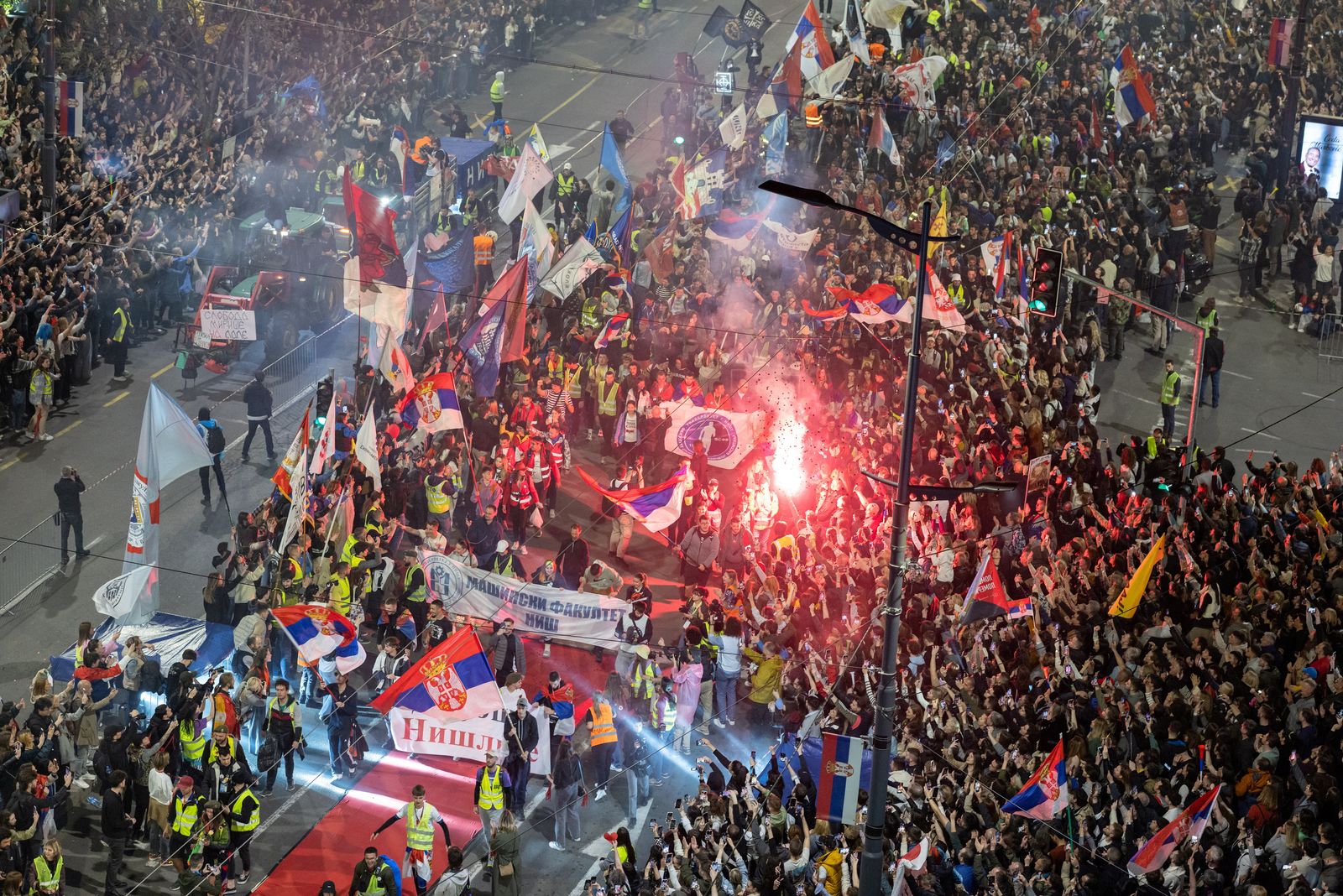
Color Revolution
In response, the government accused the protesters of receiving money from foreign agencies and planning violence and even a revolution, particularly during this latest demonstration.
In a televised address, Serbian President Aleksandar Vucic emphasized that he would not resign despite the widespread protests, saying, “You will have to kill me if you want to replace me.”
He said the protests were funded by the West with the aim of overthrowing him and his government through hybrid methods employed to undermine the country.
He described the opposition leaders as part of a criminal gang and accused them of seeking to form a transitional government through illegal means.
According to reports, the Serbian opposition and Western-backed NGOs have attempted to control the protests and turn them to their advantage over the past period.
Calls for a government of experts or even a change in the constitution have raised questions about whether the protests represent only domestic demands or are part of a foreign agenda.
The ‘Red Hand’ symbol raised by the protesters has received particular attention, as it has historically been associated with foreign-backed movements, such as the National Democracy Fund, which funded color revolutions in countries such as Georgia and Ukraine.
This connection has raised doubts about the credibility of the demands and led to questions about the potential role of external powers in inciting the protests.
With violence escalating at times, it has become clear that the crisis could escalate into a civil war or pave the way for a political occupation by foreign powers.
The United Nations has called on Serbian authorities to avoid any unjustified interference in the protests, demanding that they maintain peaceful protest and protect the rights to freedom of assembly and expression.
Developments in Serbia are of great interest to Russia, given Moscow's close ties with Belgrade, which has refused to impose sanctions over the war in Ukraine.
Russian officials' statements suggest concerns about Western interference in the events in Serbia, aimed at distancing the Balkan country from the Kremlin's orbit.
Russian Foreign Ministry spokeswoman Maria Zakharova warned of the spread of chaos in Serbia, calling on protesters to exercise reason and not be swayed by those who inflame emotions.
It is worth noting that Serbian authorities terminated some military cooperation contracts with Russia earlier this year and postponed others indefinitely.

Political Demands
Observers have warned of the danger of escalating tensions in the country. Analyst Srdjan Cevic said, “We've been seeing for days that the Serbian regime is trying to escalate tensions,” noting that it is trying to show support for the presidency, but through paid pro-government protesters.
“Everyone is wondering if the government will try to create a violent situation so it can then have an excuse to declare a state of emergency. So far, we've seen that the movement is not violent at all. I think the protesters will remain calm,” he added.
On its part, Foreign Policy magazine considered that the protests in Serbia lack clear political demands, making their future uncertain.
It considered that the students made a mistake by refusing to engage in dialogue with the country's president due to their lack of political instinct.
It noted that radical change can only be achieved through elections or with the support and pressure of the international community—neither of which is currently an option.
“Now, after more than four months of demonstrations, the resignation of the mayor of Novi Sad and the prime minister has not appeased the protesters, who insist on the need for an entire system change,” it added.
The magazine concluded that, given the circumstances, the protesters will likely be forced to change course or watch their movement slowly disintegrate.

Fifty days after Prime Minister Vucevic announced his resignation, MPs in the National Assembly have formally acknowledged it this week.
With his resignation, the entire Government’s mandate has ended, and according to the law, a new one should be formed by midnight on 18 April.
If this does not happen, President Vucic is obliged to dissolve the Assembly and call parliamentary elections.
Reuters reported that the opposition has dismissed an early vote and wants an interim government free of ruling Serbian Progressive Party influence before elections are held. President Vucic has repeatedly rejected this.
Members of the European Parliament recently expressed deep concern and accused the EU of overlooking democratic backsliding in Serbia.


